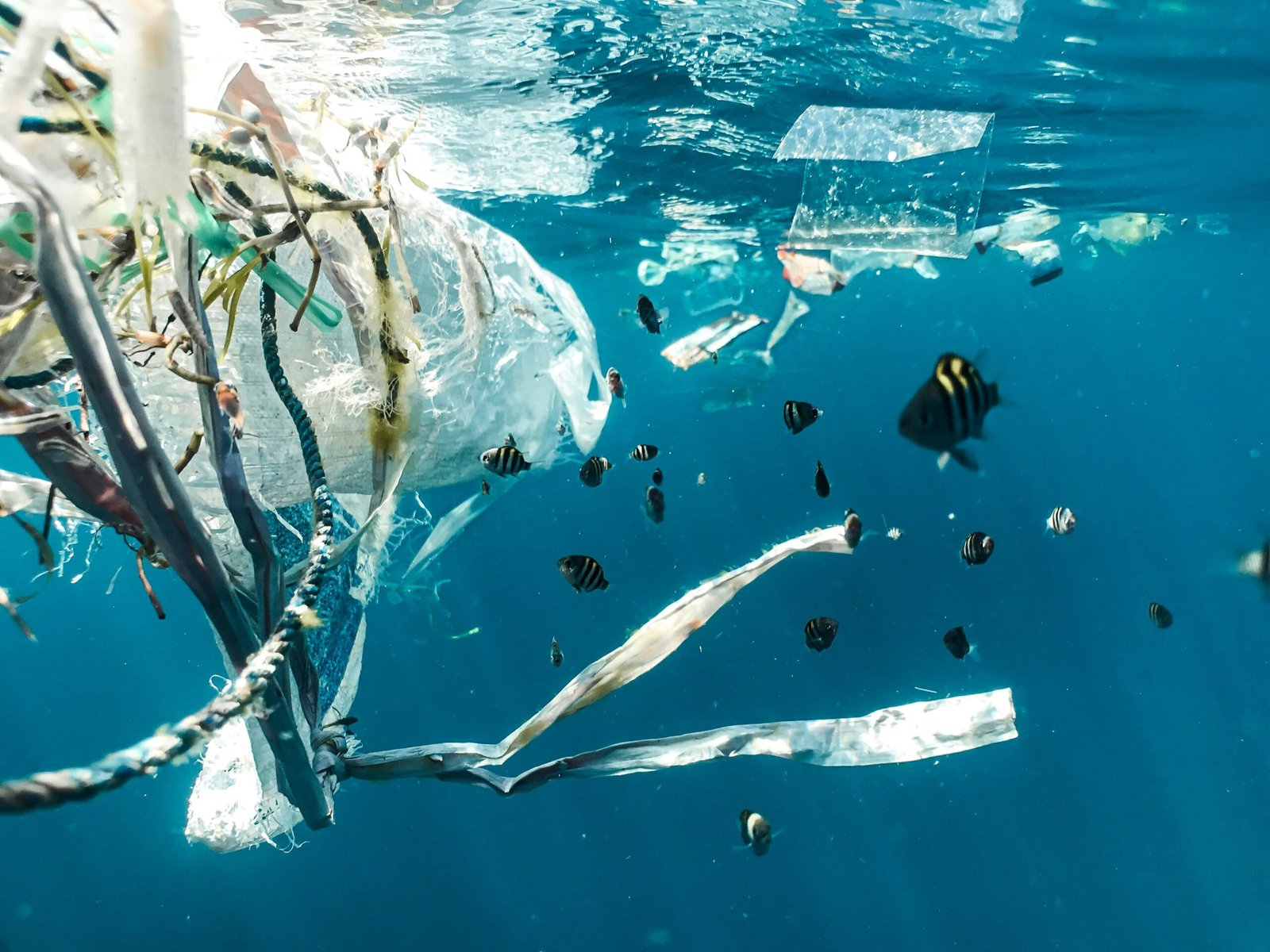Understanding the Environmental Impact of Traditional Plastic Production
The conventional processes involved in plastic manufacturing have profound and alarming repercussions on the environment. Primarily, traditional plastics are derived from fossil fuels, which are non-renewable resources. The extraction and refinement of these fossil fuels not only deplete vital natural resources but also release significant greenhouse gases into the atmosphere. This detrimental fossil fuel consumption contributes extensively to climate change, accentuating the need for awareness and action.
The carbon footprint associated with plastic production is a stark indicator of its environmental impact. Reports reveal that the entire lifecycle of plastic—from extraction and production to disposal—can result in substantial CO2 emissions. In fact, it is projected that plastic production and use could equate to 15% of the total global greenhouse gas emissions by 2030. This stark statistic underscores the urgent necessity for alternatives that mitigate these emissions.
In addition to the greenhouse gas emissions, conventional plastic manufacturing contributes significantly to pollution and waste. The production process often results in toxic by-products and chemical agents that can leak into waterways, severely affecting aquatic ecosystems. Once in the environment, plastics can persist for hundreds of years, contributing to an escalating waste crisis. The accumulation of plastic waste in oceans is particularly concerning, with millions of tons entering marine environments annually, posing grave threats to marine life, including entanglement and ingestion hazards for various species.
Ultimately, the challenges presented by plastic waste extend beyond ecological concerns, as they also intersect with public health and economic factors. The urgent need to seek eco-friendly alternatives to traditional plastic products arises from this multifaceted environmental impact. As the conversation around sustainability continues, addressing these pressing issues becomes vital for preserving our planet’s health.
Innovations in Sustainable Plastic Alternatives
The growing environmental concerns surrounding traditional plastics have prompted significant advancements in the field of sustainable materials. Biodegradable plastics, derived from renewable resources, are becoming prominent as a viable substitute for petroleum-based plastics. These innovative materials break down more easily in natural environments, thus reducing the persistence of plastic waste. Leading the charge are companies such as NatureWorks, which produces polylactic acid (PLA) from cornstarch, showcasing an effective utilization of agricultural resources to create an eco-friendly alternative.
Additionally, plant-based materials are revolutionizing the industry by providing sustainable solutions without compromising functionality. For instance, companies like Biome Bioplastics are focusing on the development of bio-based composites that integrate waste materials, such as agricultural by-products, into their production process. This not only minimizes waste but also promotes circular economy principles. Furthermore, innovations in recycling technologies are enhancing the feasibility of reusing existing plastic materials. Advanced recycling methods, such as chemical recycling, are enabling the breakdown of plastics into their original components, allowing for endless recyclability without losing quality.
Consumer trends are also evolving as awareness of sustainability grows. Many consumers are now seeking products packaged in eco-friendly materials, which pushes companies to adopt sustainable practices. This shift has been supported by various regulatory frameworks that encourage the production and usage of sustainable plastics. Governments worldwide are implementing policies aimed at reducing single-use plastics and promoting the use of biodegradable alternatives. Initiatives, such as the European Union’s Plastic Strategy, are examples of how regulatory measures are shaping the market towards sustainability and driving manufacturers to innovate. Together, these advancements in sustainable plastic alternatives are essential in addressing the challenges posed by conventional plastic manufacturing.











Add comment